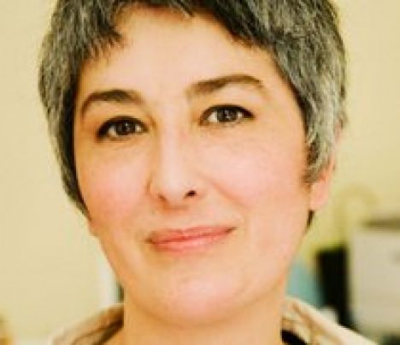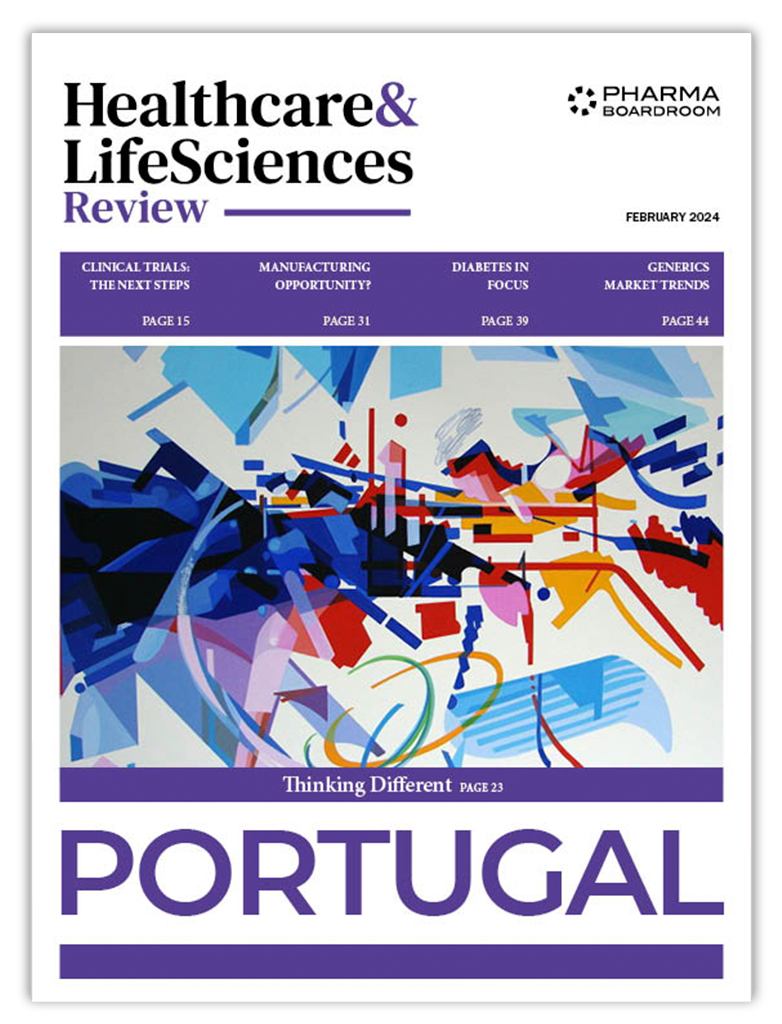Christine Placet, CEO of French biotech Horama, discusses the objective of becoming one of the key players in the field of ophthalmic gene therapy. She explains how Horama’s unique pipeline can be a solution to unmet medical needs in retinal dystrophy and goes on to share her personal insights on the biotech environment of France.
As a former CEO of a successfully acquired biotech, Trophos, how has your past experience been able to benefit you in the role of CEO for Horama?
After business school, I started my career as a financial auditor for the consulting group EY. I then worked as the CFO for several companies in a variety of industries, but always at the heart of innovation. In 2004 I joined Trophos which developed small molecules for neurogenerative diseases. After several years as CFO, I became CEO in 2012. After poor results of our principal asset, we were able to turnaround and create a new molecule for spinal muscular atrophy – a disease which at the time had no treatment. After this success, the company was sold to the Roche Group in 2015. Therefore, I was on the lookout for an exciting next project and eventually came to Horama.
The biotech world is not an easy one and comes with high levels of risk from all sides. The main difficulty is to have good science and strong programs to keep innovation moving. Then there is a challenge of funding. One of the key roles of a CEO in biotech is to ensure the company has a stable financing platform to continue development programs. Competition is high in the sector and while strong scientific backing is important, a proof-of-concept is the most important factor to investors at the end of the day.
Can you please introduce Horama and its mission?
Horama is a biotechnology company which develops innovative gene therapy products for rare ophthalmic diseases, specifically retinal dystrophy. Created in 2014, we are a spin-off of the French innovation lab Inserm. In 2016 we completed our Series A round of funding with French venture capitalists for EUR 4 million and Series B for EUR 23 million in 2017. Our ambition is to launch a portfolio of recombinant adeno-associated virus (rAAV) vectors for the treatment of currently incurable blinding diseases.
Today there are millions of patients with inherited, monogenic, blinding retinal dystrophies for which no approved treatment exists. 250 genes have been identified as the causes of these diseases, resulting in a variety of conditions with small prevalence. Only a single product has been formulated which targets just one of these genes. However, Horama has developed a pipeline of three gene therapy candidates to each treat an individual gene condition.
What products exist does Horama have in the pipeline?
Our lead asset HORA-PDE6B is a gene replacement product developed for the treatment of inherited retinitis pigmentosa (RP) stemming from the PDE6B gene. It is currently in Phase I-II trial in Nantes, France. HORA-PDE6B is delivered in the form of a recombinant adeno associated virus (rAAV) vector injected directly into the subretinal space, where it allows rapid and robust transgene expression in rods and cones. HORA-RLBP1, our second compound, is also a treatment of retinal dystrophy, however, it targets mutations in the RLBP1 gene. We have a third product in development, another rAAV, targeting an RP induced by a mutation of another gene, and in parallel, we are working on a new generation of rAAV vectors.
Horama has recently been granted Orphan Drug Designation (ODD) in US for its drug candidate HORA-RLBP1. What implications does this have for the development of this product?
All three of our products have this designation which gives our drugs commercial exclusivity – ten years in Europe and seven in the US. Additionally, because there are not a hefty number of patients when working with rare diseases, the clinical requirements are a bit lighter than for large prevalence products.
Recruitment patients for trials is always a challenge. High indication drugs require a massive number of patients and can face competition from other drugs in the trial phase. When it comes to rare diseases, there is a much smaller patient pool and they can be hard to find. However, in this space patients are very informed and often seek out the studies themselves.
What are the main challenges that Horama is facing when it comes to developing its innovative pipeline?
Horama has several competitors in both the US and France, but fortunately, none of which are working on the same genes that we are targeting. Regardless, Horama is highly specialized and therefore we truly believe we can become a market leader in the field.
We are also facing the challenge of financing out developments and trials, just like any biotech company. We have just entered a new round of fundraising as we have identified new products for our pipeline to develop.
What strategy do you plan to utilize in bringing Horama’s candidates to market and expanding the business?
Our end goal is not yet written, but in order to success, the work must be done with the intention of developing and going to market on our own. Yes, we are here to create value for our shareholders, but in fact, our primary focus is to create innovative treatment solutions and bring them to patients.
Therefore, we are exploring all the way in which Horama can bring its products to market. The first method would be to finance the company with the health of VCs. This is a classic opportunity, but VCs are always looking for an exit strategy. The next option would be to put the company on the stock exchange and go public which would allow Horama to continue operations and access the market on its own. Finally, there is the opportunity to partner with big pharma for obtaining funding.
You have been working in biotechs for the last 14 years. What is your assessment of the biotech ecosystem in France?
In France, we are lucky enough to have very good science. The quality of academic research is very high, and we have many young biotechs in the country for which we can find money to help get started. The difficulty comes at the further stages of development when start-ups are just getting started with bigger projects which can yield applicable results. There is much more money for this in the US. This is why France has very nice start-ups but very few mid-sized players with products on the market. Therefore, many companies are obliged to leave France or be bought out by Big Pharma, making it impossible to create the next big French success story.
What strategic objectives are you hoping to accomplish in the upcoming five years?
We are working to consolidate our pipeline and acquire new products. Additionally, we are aiming to reach an inflection point of value creation within the company. In 2021 to have the full results for our two most advanced products which will assess the robustness of our technology.
How important is the team strength and dynamics of Horama to the company’s future success?
We have a small team but a highly specialized one. Our CSO, Philippe Moullier, who is one of the founders of Horama is a top KOL in AAV vectors and has been working in the field for many years. Jean-Yves Deslandes, our CMO is also very experienced in both oncology and ophthalmology. Before joining Horama, Nicole Brument, our production manage,r worked in an academic lab developing AAV vectors and has been well trained in this specialty her entire career. Our team is very sharp and entirely dedicated to this project.







